Manual of Temporomandibular Disorders 4th Edition
Manual of Temporomandibular Disorders Fourth Edition:
Fully updated with the latest information in the field, this comprehensive book provides a practical guide to diagnosing and managing temporomandibular disorders in the dental practice. Written in an accessible, user-friendly style, it offers a simplified approach to the basic concepts and management decision points for the most commonly observed temporomandibular conditions, integrating the latest advances and advice throughout. Quick Consult, Focal Point, and Technical Tip boxes provide quick access to relevant information, and study results are summarized in graphs for ease of comprehension.
Manual of Temporomandibular Disorders, Fourth Edition examines an array of medical and dental conditions that affect the temporomandibular joint (TMJ), masticatory muscles, and contiguous structures. It presents evidence-based, clinically practical information to help dentists diagnose TMD accurately, rule out disorders that mimic TMD, and provide effective therapy for most patients.
Special features include:
- Frequently Asked Questions
- Quick Consults, Technical Tips, and Focal Points
- Information on disorders that mimic TMD and factors that warrant referral
- Extensive color photographs and line drawings
- A companion website providing helpful examples and patient handouts
Manual of Temporomandibular Disorders, Fourth Edition is a must-have how-to manual for general dentists, dental students, and residents involved in this area of practice.
Additional ISBNs:
∗ eText ISBN: 1119548810, 978-1119548812, 9781119548812
- See additional information on the Amazon.
More Details
Manual of Temporomandibular Disorders 4th Edition:
Cover
Half Title Page
Title Page
Copyright
Dedication
Contents
Preface
About the Companion Website
Introduction
References
Part I: Initial Evaluation
References
1 Patient Interview
FAQs
Summary
References
2 Review of the “Initial Patient Questionnaire”
3 Clinical Examination
FAQs
3.1 Range of Motion
3.2 TMJ Noise
3.3 TMD Palpations
3.4 Intraoral Examination
3.5 Additional Evaluations
References
4 Imaging
4.1 Plain Radiographs
4.2 Panoramic Radiograph
4.3 Axially Corrected Sagittal Tomography
4.4 CT
4.5 CBCT
4.6 MRI
4.7 Arthrography
4.8 Ultrasound
4.9 Imaging Strategies
4.10 Imaging Recommendations
References
5 TMD Diagnostic Categories
FAQ
5.1 TMJ Disorders
5.2 Masticatory Muscle Disorders
5.3 Headache Disorders
5.4 Associated Structures
References
6 Contributing Factors
FAQ
References
Part II: Common Acute TMD Conditions and Therapies
7 TMD Secondary to Trauma
FAQ
References
8 TMD Secondary to Dental Treatment
FAQs
8.1 Preventing Aggravation from Dental Treatment
8.2 Medial Pterygoid Muscle Pain
8.3 Inability to Close into MI
8.4 Occlusal Interference Sequelae
8.5 OSA Appliances
References
9 Lateral Pterygoid Spasm
References
10 Intermittent and Continuous Forms of TMJ Disc Displacement Without Reduction with Limited Opening
FAQ
10.1 Intermittent Disorder (Disc Displacement with Reduction with Intermittent Locking)
10.2 Continuous Disorder (Disc Displacement Without Reduction with Limited Opening, Also Known as Closed Lock)
References
11 TMJ Subluxation and Luxation
References
Part III: Occlusal Appliance Therapy
References
12 Stabilization Appliance
FAQs
12.1 Mandibular Positions and Interocclusal Record
12.2 Physical Variables
12.3 Appliance Adjustments
12.4 Appliance Examples
12.5 Appliance Management
References
13 Anterior Positioning Appliance
FAQ
13.1 Mandibular Position and Interocclusal Record
13.2 Design and Adjustments
13.3 Appliance Management
References
Part IV: Multidisciplinary Management Approach
References
14 Self‐Management Therapy
FAQs
14.1 Self‐Management Instructions
14.2 Closure Muscle‐Stretching Exercise
14.3 Lateral Pterygoid Muscle‐Stretching Exercise
14.4 Posture Exercises
14.5 Controlling Awake Behaviors
References
15 Physical Medicine
15.1 Muscle Massage
15.2 Yoga
15.3 Trigger‐Point Compression
15.4 Trigger‐Point Injection
15.5 Botulinum Toxin Injections
15.6 Physical Therapy
15.7 Acupuncture
15.8 Chiropractics
References
16 Cognitive‐Behavioral Intervention
FAQs
16.1 Controlling Awake Behaviors
16.2 Relaxation
16.3 Hypnotherapy (Hypnosis)
16.4 Biofeedback‐Assisted Relaxation
16.5 Stress Management
References
17 Pharmacological Management
FAQs
17.1 Analgesics
17.2 Anti‐inflammatory Medications
17.3 Muscle Relaxants
17.4 Anticonvulsant
17.5 Tricyclic Antidepressants
17.6 Topical Medications
17.7 Nutritional Supplements
References
18 Other Dental Procedures
FAQs
18.1 Occlusal Equilibration
18.2 Orthodontic–Orthognathic Therapy
18.3 Prosthodontic Therapy
18.4 TMJ Surgery and Implants
References
19 Integrating Multidisciplinary Therapies
FAQ
19.1 Management Summaries and Clinical Implications
19.2 Integrating Conservative Therapies
19.3 TMD Refractory to Initial Therapy
19.4 Long‐Term Management
References
Part V: Case Scenarios
V.1 Case 1: Symptomatic Irreversible Pulpitis Mimicking TMD Symptoms
V.2 Case 2: Tooth Pain: No TMD Pain
V.3 Case 3: Chronic Sinusitis
V.4 Case 4: Chronic Forehead Pain Referred from the Neck
V.5 Case 5: Myalgia Secondary to Sleep Parafunctional Behaviors
V.6 Case 6: Tooth Attrition: No Pain
V.7 Case 7: Myalgia Secondary to Awake Parafunctional Behaviors
V.8 Case 8: Medial Pterygoid Spasm
V.9 Case 9: Personal Stressors and Sleep Disturbances as Contributing Factors
V.10 Case 10: Fibromyalgia as a Contributing Factor
V.11 Case 11: TMJ Disc–Condyle Complex Disorders and When to Provide Therapy: no Pain
V.12 Case 12: TMJ Arthralgia
V.13 Case 13: TMJ Disc Displacement with Reduction with Intermittent Locking
V.14 Case 14: TMJ Disc Displacement Without Reduction with Limited Opening: Unlocked
V.15 Case 15: TMJ Disc Displacement Without Reduction with Limited Opening: Not Unlocked
V.16 Case 16: Osteitis Causing Inability to Open Wide
V.17 Case 17: Lateral Pterygoid Spasm
V.18 Case 18: Acute Exacerbation of TMD
V.19 Case 19: Multiple Forms of Head and Neck Pain After Crown Insertion
V.20 Case 20: Appliance That Positioned Condyles into Their “Proper Position”
References
Part VI: Fundamentals of Clinical Studies
VI.1 Prominent Clinical Study Designs
VI.2 Other Types of Publications
VI.3 Considerations in Assessing Clinical Trials
VI.4 Conclusions
References
Glossary
Index
End User License Agreement


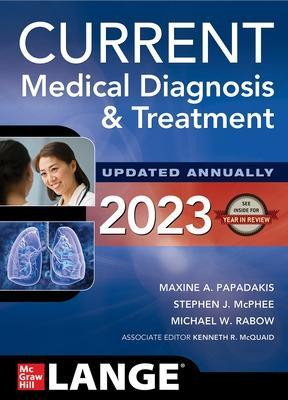
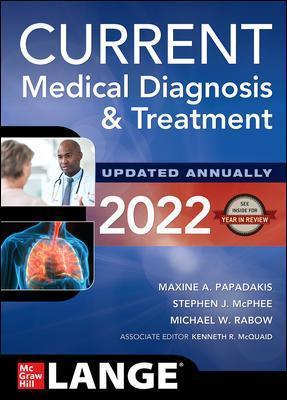
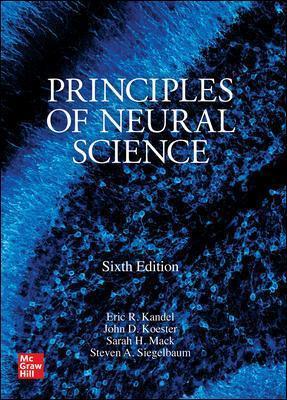

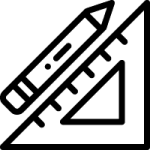



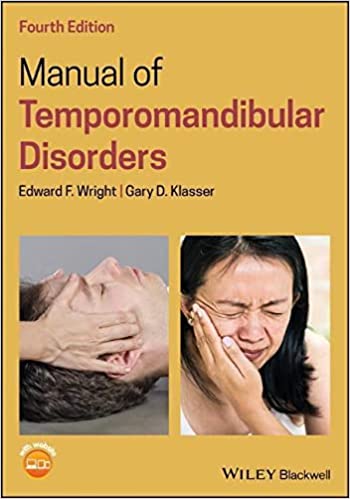
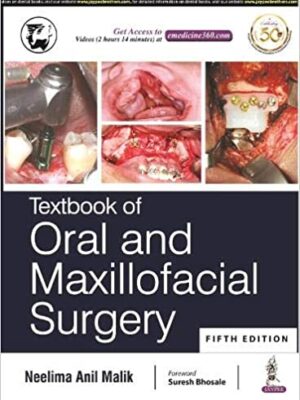
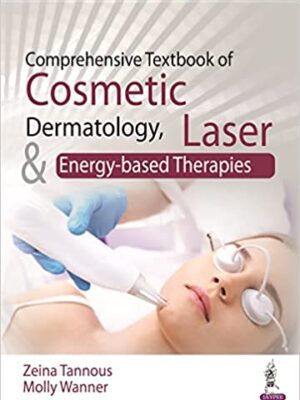



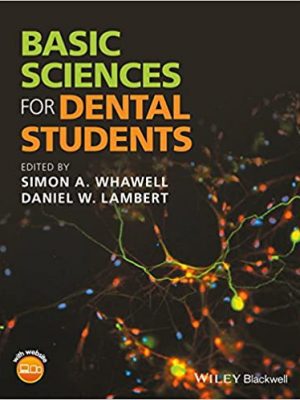
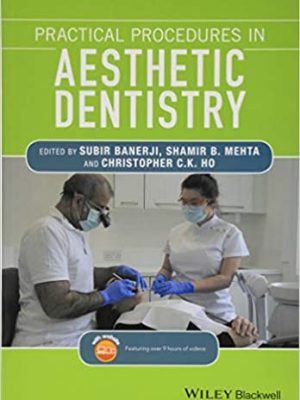
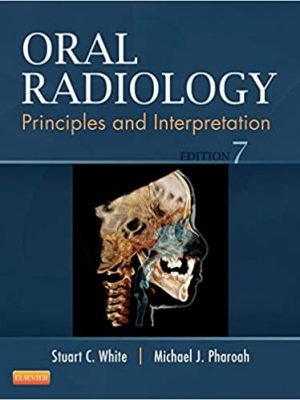



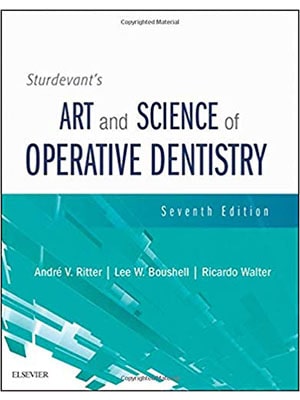
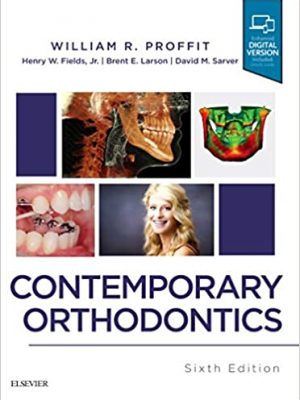
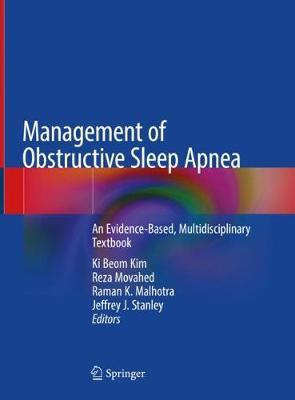

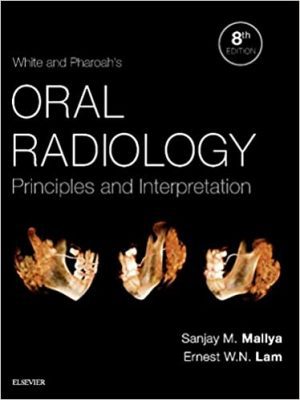
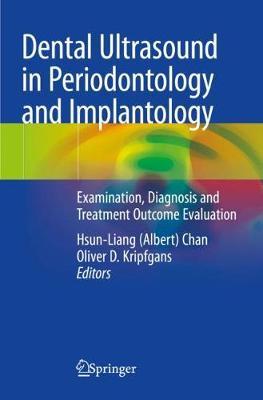
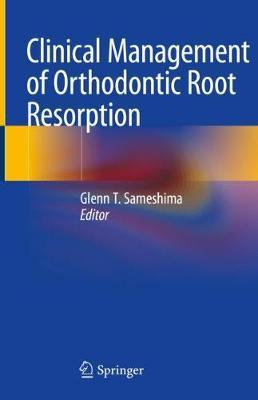
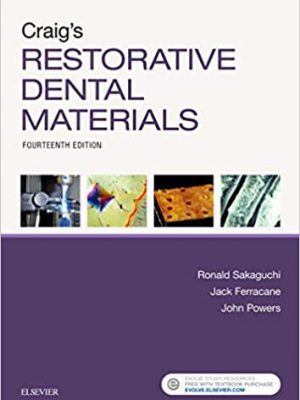
 Dentistry
Dentistry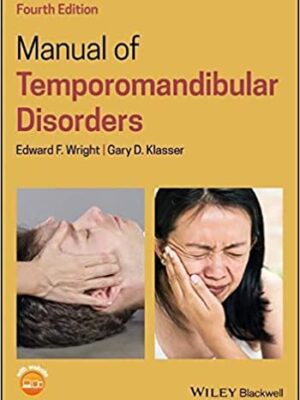
Reviews
There are no reviews yet.